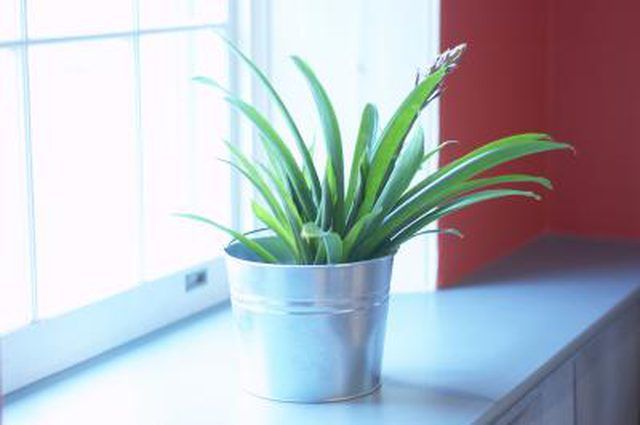Bulbs
Flower Basics
Flower Beds & Specialty Gardens
Flower Garden
Garden Furniture
Garden Gnomes
Garden Seeds
Garden Sheds
Garden Statues
Garden Tools & Supplies
Gardening Basics
Green & Organic
Groundcovers & Vines
Growing Annuals
Growing Basil
Growing Beans
Growing Berries
Growing Blueberries
Growing Cactus
Growing Corn
Growing Cotton
Growing Edibles
Growing Flowers
Growing Garlic
Growing Grapes
Growing Grass
Growing Herbs
Growing Jasmine
Growing Mint
Growing Mushrooms
Orchids
Growing Peanuts
Growing Perennials
Growing Plants
Growing Rosemary
Growing Roses
Growing Strawberries
Growing Sunflowers
Growing Thyme
Growing Tomatoes
Growing Tulips
Growing Vegetables
Herb Basics
Herb Garden
Indoor Growing
Landscaping Basics
Landscaping Patios
Landscaping Plants
Landscaping Shrubs
Landscaping Trees
Landscaping Walks & Pathways
Lawn Basics
Lawn Maintenance
Lawn Mowers
Lawn Ornaments
Lawn Planting
Lawn Tools
Outdoor Growing
Overall Landscape Planning
Pests, Weeds & Problems
Plant Basics
Rock Garden
Rose Garden
Shrubs
Soil
Specialty Gardens
Trees
Vegetable Garden
Yard Maintenance
Why Do Humans Need Plants to Live?
Why Do Humans Need Plants to Live?. Plants and humans have developed a mutual plan for survival. Plants provide humans with oxygen through photosynthesis, food, clothing and shelter. In return, humans expel carbon dioxide and disperse plant seeds throughout the world.

Plants and humans have developed a mutual plan for survival. Plants provide humans with oxygen through photosynthesis, food, clothing and shelter. In return, humans expel carbon dioxide and disperse plant seeds throughout the world.
Oxygen
The mutual arrangement plants have with humans is through photosynthesis. The process of photosynthesis combines sunlight with carbon dioxide and water -- which produces food for the plant and oxygen for humans.
Food
Plants provide food for humans by growing fruits, vegetables and grains. Plants also provide nutrients to livestock which many humans eat.
Clothing and More
Cotton, hemp and flax are plant materials used to make clothing. These plants offer a variety of uses once fibers are cultivated -- such as clothing, paper, rope, oil and numerous other items.
Shelter
Plants provide material for shelter. This includes planks of wood from trees, straw for roofs and bricks, and leaves that can be used for roof materials and shelters. Early bricks were made by combining straw, water and clay. Mixing these ingredients together, placing in molds and drying in the sun or oven are the basic steps required to make a simple brick.
Herbs
Herbs enhance the human diet by adding flavor, color and aroma to what you eat. Herbs also create cultural identities that you can associate with certain meals. Middle Eastern cuisine, for example, is associated with turmeric -- while Italian dishes are identified with garlic and basil.
Medicine
Many medicines are created from plants. Birch leaves or willow bark were once used to relieve pain. Stronger pain relievers such as opium, were harvested from poppy plants. Herbs have also played a role in preventative medicine. Garlic is added to honey to enhance the immune system, while sage is used to help fight the common cold.